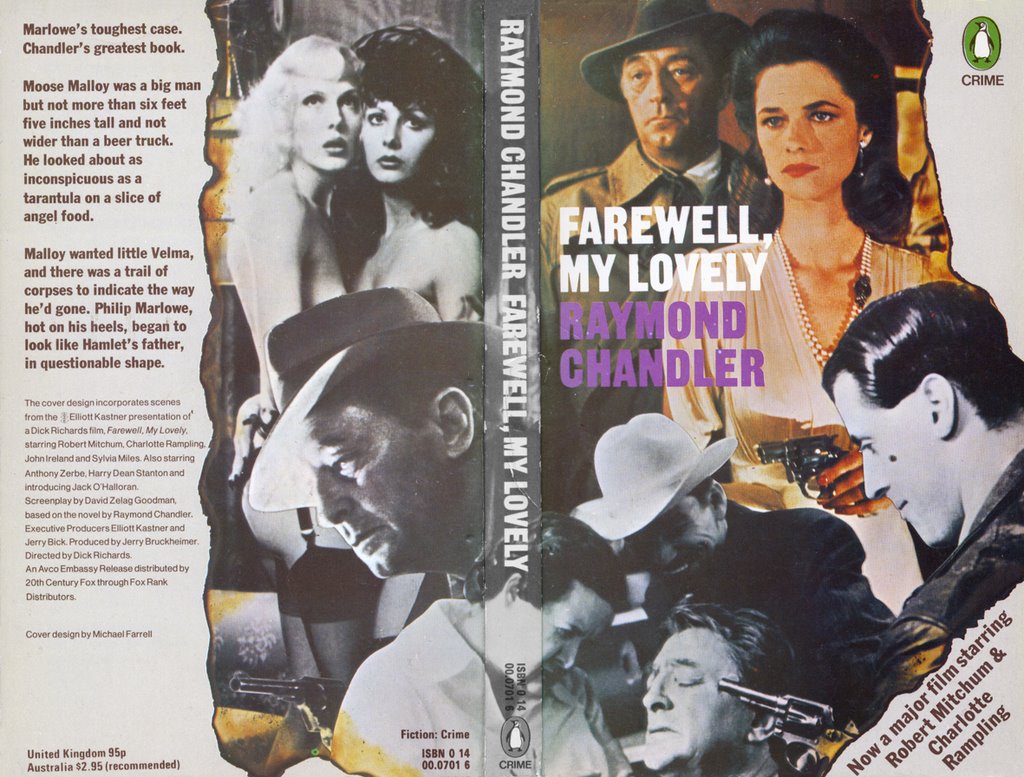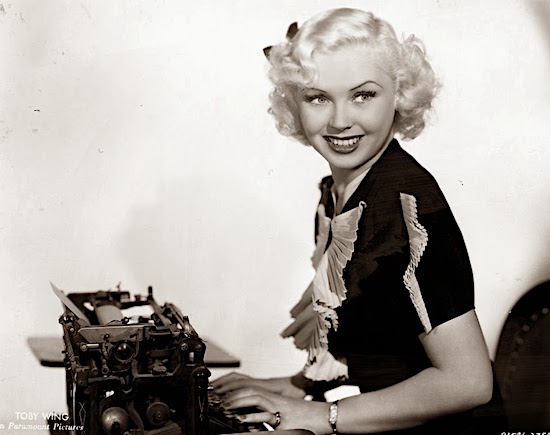deepest noir
film noir as political prophecy...

The HBO series True Detective fits the post-noir genre perfectly. Not visually so much - it's almost steam punk at times - but essentially, in it's essence, it meets most of Roger Ebert's criteria as listed later in this post. The characters are disfunctional and flawed, even when innocent in their hearts. There are no happy endings. Corruption, betrayal, disappointment and homage to the general theme of pulp fiction permeate the story lines.
We are not critiquing the HBO series here - season 1 was entrancing if flawed, season 2 stereotyped and terrible, while season 3 redeemed itself but stayed within the bounds of the trope - we are simply noting how this type of fiction condemns Amerika from within.
Violent people who can't trust each other, cheating wives and violent husbands, desolate landscapes, oil rigs in backyards, endless freeways, endless trains hauling who knows what to who knows where, endless family breakups. Police corruption is assumed as given. Even the good ol' yankee gangsters are outgunned by the Russian mafia and the Mexicans.
All the noir we know and love is based on a batch 1940s American crime films, characterised by a dark cynical tone. Morally ambiguous characters, femmes fatale, and plots exploring corruption, betrayal, violence and sometimes revenge. "Noir" of course is the French word for black. It was first used by post-war French film critics to describe the new Hollywood style, often directed by German emigres who had fled the Nazi regime, bringing with them a unique cinematic approach of deep shadows, low-key lighting, and slanted camera angles. The film era lasted from 1941 (High Sierra or The Maltese Falcon) to about 1958/9 - A Touch of Evil (Orson Welles) and Odds Against Tomorrow (Harry Belafonte). Over the half century since then we've watched many "neo-noir" films such as Cul-de-sac (Roman Polanski, 1966) or Chinatown(also Polanski, 1974). Wikipedia has an extensive list of the neo-noir genre.
But there's another angle to noir, another origin story ...
... Raymond Chandler in his early books - The Big Sleep and Farewell My Lovely - paints LA as a sleepy coastal town, lurking with corruption and crime for sure, but rather old fashioned and picturesque. Then in later work, such asThe Long Goodbye, LA is no longer a town but a city, and in some ways the actual heroine of the story. Smog instead of ocean fog, busy highways replace the near-empty boulevards, bright lights everywhere except in those "mean streets" down which his protagonists wander. Around 1950, after America's heroic victory in the Pacific and in the dawn of the bright new world, he portrays the burned-out landscape of modern California. Before it had burned out ...
The noir movies - the American ones that is - can be seen as both a dark record of western society AND a set of prophecies. This is what the future will bring, and some of it was already there. The American film critic Roger Ebert listed ten essential facets of film noir, including:
- The French term means “black film,” which also implies "film of the night," not of the daylight nor the sunshine.
- The movie never misleads you into thinking there will be a happy ending.
- Locations reek of the night, of shadows, of alleys, of the back doors to fancy places, of seedy apartment buildings with a high turnover rate, of taxi drivers and bartenders who have seen it all.
- Women who would just as soon kill you as love you, and vice versa.
- Relationships in which love is only the final flop card in the poker game of death.
Source: Roger Ebert
Chandler's novels also treat the quest for money and power as the source of evil; he constantly implies that his hero (Philip Marlowe) lives in relative poverty as a symbol of incorruptibility. There's a touch of social realism to his writing that puts him in the company of Steinbeck, Dos Passos and Sinclair Lewis. He achieves this without overtly mentioning politics, by focusing on crimes that actually offend social cohesion, by exposing the "noir" at the base of capitalist America.
Noir of course is not a purely American genre and you can find many examples from Britain, France and Japan, some of which pre-date Hollywood's ouvre. For example The Third Man (United Kingdom, 1949) and even Port of Shadows from France, 1938.
There's actually a very informative website The Film Noir File dedicated to arguing against the idea that film noir is "a uniquely American phenomenon." Quite true, and in fact many of the best European and even Japanese films raise the genre to the level of "masterpiece," leaving the yanks to revel in the title of "B-grade."
But America picked up the style and made it its own. Why? Perhaps because the home of the brave and the land of the free needed to examine its own dark side, its underbelly?
A recent example, widely watched, is the streaming series True Detective. Beautifully shot in washed out scenes instead of gritty chiaroscuro, it nevertheless stands astride the category of neo-noir. All the characters are conflicted and compromised. The rank and file cops can't trust their superiors because everyone is corrupt. The higher you rise in the ranks the deeper you sink into the shadow of evil. There are echoes here of the populist disenchantment with "the deep state," and it's striking all the movies and series of this genre that widespread corruption is taken for granted. All the characters accept it and the producers assume that the audience will too. Just think back to House of Cards and how Kevin Spacey wound up ...
Our proposition is that Hollywood, and America itself, embraced noir because they saw it as a prophecy back then, in the 40s and 50s, and now at the end of Empire - it has become their reality.

Images from top: Green for Danger, 1946, dir. Sidney Gilliat; True Detective magazine, 1930s; A Touch of Evil, 1958, dir Orson Welles; Ava Gardner in The Killers,1946, dir Richard Siodmak, based on a Hemingway story.
Useful links:
Silver, Ursini and Duncan, Film Noir, Taschen, 2012
Roger Ebert's take on Noir
Wikipedia's extensive list of films
Museum of Film History Post and Neo Noir

